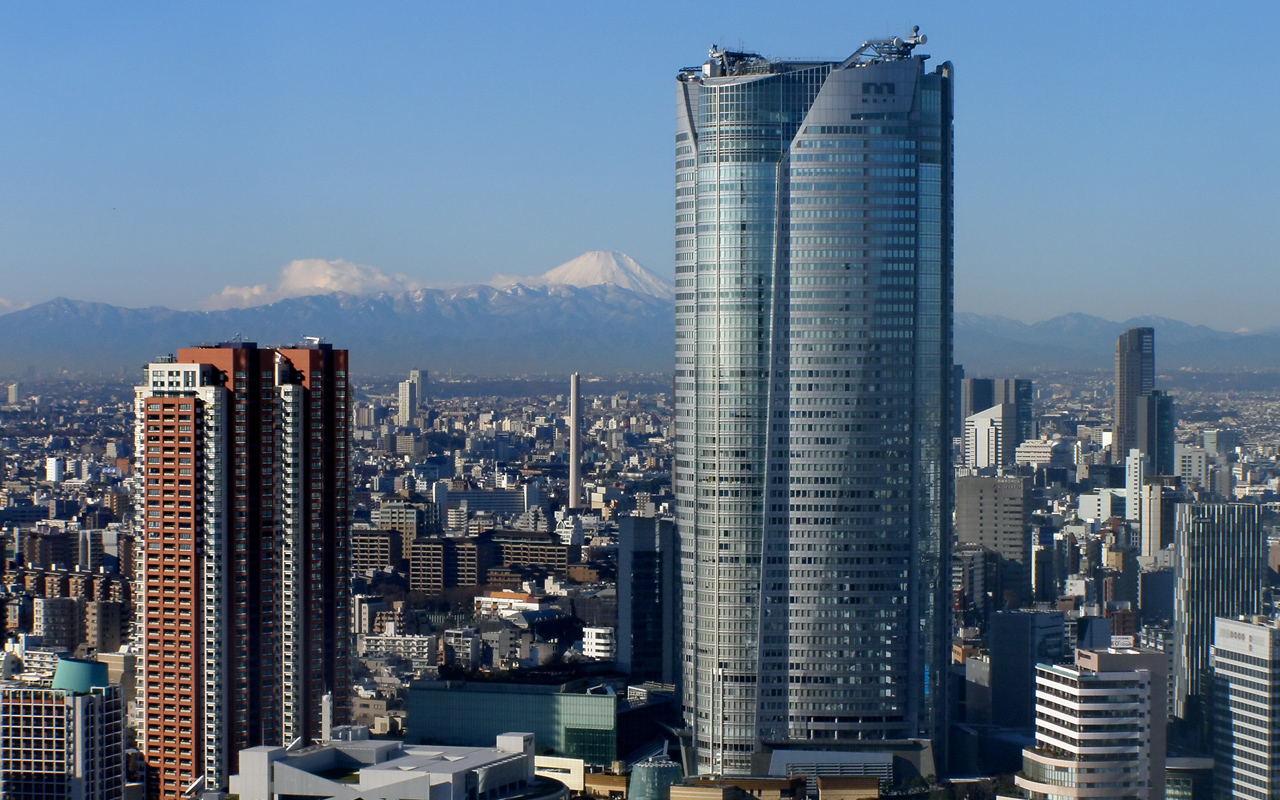Roppongi district of Tokyo is not only famous for the affluent Roppongi Hills development area and popular night club scene, but for its brilliant art museums as well.
Based on the most popular pages viewed by foreign visitors in the past month, here is a ranking of best art museums in Roppongi. Make sure to visit them during your next trip to Japan.
The National Art Center
With one of the largest exhibition spaces in the country, the National Art Center was designed by Kisho Kurokawa. It is directly connected to Nogizaka Station on the Tokyo Metro Chiyoda Line or a 5-minute walk from the Toei Bus stop, Aoyama Saijou.
Unlike Japan’s other national art museums, it is an ‘empty museum’, without a collection, permanent display, and curators. It accommodates temporary exhibitions sponsored and curated by other organizations.
The museum also offers rental baby pushchairs and a nursing room for visitors with small children and a restaurant and a cafe.
Mori Art Museum
This contemporary art museum was founded by the real estate developer Minoru Mori in the Roppongi Hills. The art museum is located on the 53rd floor of the Roppongi Hills Mori Tower with housing retail shops, a multiplex and a hotel.
The museum does not exhibit a permanent collection but rather temporary exhibitions of works by contemporary artists. The museum focuses on contemporary art and primarily exhibits works of Asian artists.
Another great point about the museum is that it is open until 10:00 p.m. (except for Tuesdays, when it closes at 5 pm). It is very convenient as it is connected directly to Roppongi Station on the Hibiya Line through the concourse.
Suntory Museum of Art
Opened by the Suntory Holdings Limited, a Japanese beverage maker, the Suntory Museum of Art began its journey in 1961. It has collection of about 3,000 works that exhibit the beauty of mundane objects and daily course of life.
It contains one National Treasure, 13 Important Cultural Properties, and 21 Important Artworks. The visitors can enjoy a wide range of works in the genres of painting, Japanese lacquerware, ceramics, glass, and dyeing and weaving that date back to between the Heian and Edo periods.
Japanese architect Kengo Kuma designed the museum building, which reflects a mixture of Japanese tradition and modernity, with wood and Japanese paper used in many parts of the edifice.
Sen-oku Hakuko Kan
Despite being in the central location of Roppongi, it is surrounded by greenery and quiet environment.
This museum conserves and displays artworks collected by the Sumitomo family. It houses a large collection of Chinese bronze vessels, Chinese and Japanese mirrors, and a few Chinese bronze Buddhist figures.
It is said to be one of the greatest collections of Asian bronzes in the world as the quality and variety of the collection surpasses more than 500 pieces.
Other artworks adorning this museum are composed of modern Japanese and Western paintings, modern pottery and chinaware, tea utensils, and Noh masks and costumes collected from the middle of the Meiji era to the Taisho era.
TOTO GALLERY・MA
Ever since after its opening in October, 1985, TOTO GALLERY・MA has carried out various solo exhibitions by Japanese and foreign architects and designers. It provides a unique opportunity to the exhibitors to completely demonstrate their individuality by allowing them to design their own exhibitions.
The gallery itself has a distinguishing spatial conformation in which its two independent exhibition halls are connected by an exterior courtyard. Although modest in size at approximately 240 square meters, exhibitions are opulently infused with the exhibitors’ philosophies and value in a condensed and highly expressive manner.
In addition, the museum shop “Bookshop TOTO” offers books, magazines, home decor, and other items especially and personally selected by the gallery staff.
